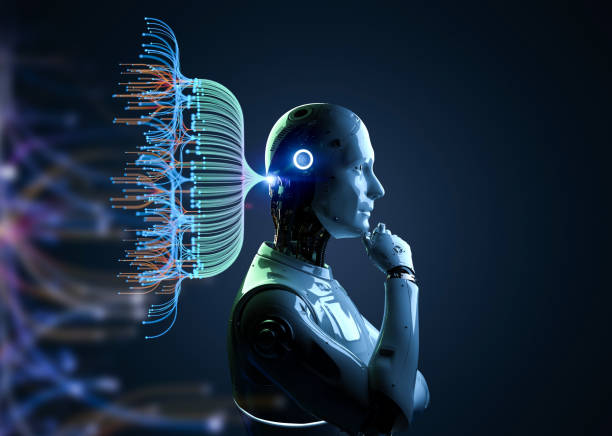ChatGPT is a state-of-the-art language model developed by OpenAI. It is a variant of the GPT (Generative Pre-trained Transformer) model and is designed for natural language generation tasks such as language translation, text summarization, and conversation modeling.
The model is pre-trained on a massive amount of text data, allowing it to generate human-like responses to a wide range of prompts. It uses a transformer architecture, which is a type of neural network that is particularly well-suited for processing sequential data such as text. The transformer architecture allows ChatGPT to effectively capture long-term dependencies in the text, which is important for understanding the context of a conversation or generating coherent text.

One of the key features of ChatGPT is its ability to generate diverse and coherent responses to a given prompt. This is achieved through the use of a technique called top-k sampling, which allows the model to select the most likely next word from a large set of possibilities, rather than just the most likely one. This helps to prevent the model from getting stuck in repetitive or nonsensical patterns.
In addition to its ability to generate human-like text, ChatGPT also has a number of other useful applications. For example, it can be used for text summarization, where it can automatically generate a summary of a longer piece of text. It can also be used for language translation, where it can translate text from one language to another.
Another application of ChatGPT is in the field of conversation modeling, where it can be used to power chatbots and virtual assistants. The model’s ability to understand context and generate human-like responses makes it well-suited for this task. In fact, OpenAI has already released a conversational AI platform called “OpenAI GPT-3 Playground” which allows developers to

build and train their own conversational AI models using ChatGPT. This platform provides a user-friendly interface and a wide range of pre-trained models that can be fine-tuned to fit specific use cases.
One of the most notable applications of ChatGPT is in the field of content creation. The model can be used to generate high-quality and unique content, such as articles, blog posts, and even poetry. This has the potential to revolutionize the content creation industry, as it allows for the rapid production of large amounts of high-quality content at a fraction of the cost of human writers.
Another area in which ChatGPT is being used is in the field of natural language processing (NLP). The model’s ability to understand and generate text makes it well-suited for a wide range of NLP tasks, such as text classification, sentiment analysis, and named entity recognition.
Despite its capabilities, ChatGPT is not without its limitations. One of the main concerns is the potential for the model to generate biased or offensive content, as it is trained on a large amount of text data from the internet, which may contain such content. There is also the concern of the model being used to create deepfake text, which can be used to spread misinformation.
In conclusion, ChatGPT is a powerful language model developed by OpenAI that has a wide range of applications in natural language generation and understanding. Its ability to generate human-like responses and understand context makes it well-suited for tasks such as conversation modeling, text summarization, and content creation. However, it is important to be aware of the potential limitations of the model and to use it responsibly.
